|
|
We hope that you and your loved ones are healthy and secure during this time. NOAA's Office of Habitat Conservation remains operational through telework. Please continue to reach out to us with any questions or concerns.
Highlights

As part of commemorating 10 years after Deepwater Horizon, we interviewed Gulf community members helping restore habitat and resources impacted by the oil spill. Fishermen are helping restore tuna and swordfish, and youth are restoring coastal habitat in all five Gulf states. Watch the new video and hear their stories. Contact: Stephen Heverly
|
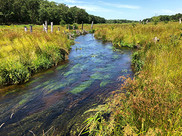
For hundreds of years, dams and other barriers have blocked the migration of alewife, blueback herring, and other fish species in the Coonamessett River—once home to one of the largest river herring runs in New England. NOAA and partners are working to reopen the river and allow fish to access their historical habitat. Contact: James Turek
|
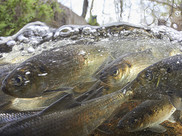
An annual effort to estimate the number of river herring migrating through historic Town Brook is underway. NOAA’s partners in the Town of Plymouth are asking citizen scientists to help count migrating river herring as they swim past an underwater monitoring camera. Its fun and educational! Contact: Eric Hutchins.
|

A series of webinars to help educators learn more about how to provide Meaningful Watershed Educational Experiences is being offered by the NOAA Environmental Science Training Center, which is managed by the NOAA Chesapeake Bay Office. Upcoming sessions are scheduled for May 12, 21, and 28. Additional online training resources are also available. Contact: Bart Merrick.
|
Coastal wetlands provide critical benefits to our planet. But these marshes, mangroves, and swamps are quickly disappearing. Our new infographic shows the importance of coastal wetlands and how NOAA is working hard to protect and restore these valuable habitats. Contact: Susan-Marie Stedman.
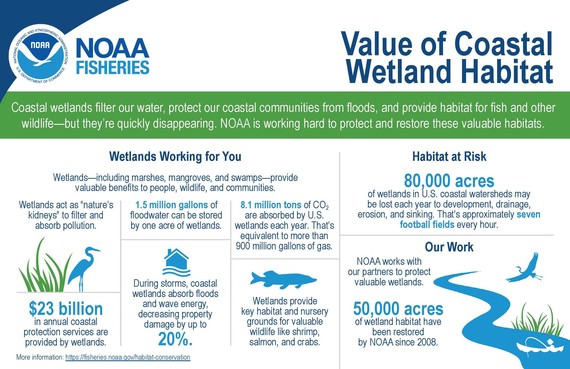
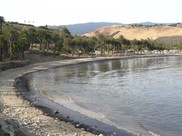
NOAA, and other agencies restoring habitat and resources impacted by the Refugio Beach oil spill near Santa Barbara, CA have released a draft assessment of the impacts of the spill and proposed restoration projects. The 2015 spill released more than 50,000 gallons of oil into the ocean and beaches there. The public comment period is open through June 8, 2020, and the Trustees are hosting two public webinars to present the proposals on May 13, 2020. Contact: Jennifer Boyce.
|

Deepwater Horizon partner agencies working in the Gulf of Mexico’s Alabama Restoration Area recently announced the acquisition of 175 acres of marsh, tidal streams, and other habitat in Weeks Bay. Located at the mouth of the Bay and adjacent to the Weeks Bay National Estuarine Research Reserve, this area is now protected for generations to come. The estuary provides valuable nursery habitat for a many organisms, including shrimp, crabs, and fish. Contact: Stephen Heverly.
|
|
|
Habitat Across NOAA
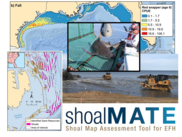
To enhance coastal resilience, scientists and resource managers are employing coastal engineering strategies like beach renourishment, barrier island restoration, and wetland restoration to protect communities from storms, erosion, and sea level rise. These types of projects have led to an increase in the demand for offshore marine sands.
|
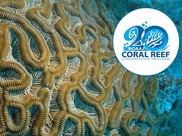
Throughout the NOAA Coral Reef Conservation Program’s 20th Anniversary, they are highlighting Coral Heroes— individuals and organizations who are making a real difference in coral reef conservation. The Reef Resilience Network, led by The Nature Conservancy, connects marine resource managers with information, experts, resources, and skill-building opportunities. The partnership has engaged over 1,800 people through training workshops and learning exchanges and has directly impacted more than 1,000 square miles of U.S. coral reefs.
|
|
|
Announcements
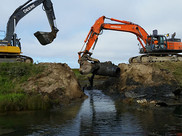
The Restoration Webinar Series, jointly hosted by NOAA and the U.S. Fish and Wildlife Service, is seeking presenters for webinars in July through December 2020. Now in its 8th year, the Restoration Webinar Series showcases best management practices and innovative restoration techniques, and provides an avenue for practitioners to discuss how to address some of the biggest habitat restoration challenges facing North America today. Submit an abstract, or learn more about the Restoration Webinar Series.
|
|
|
|
|